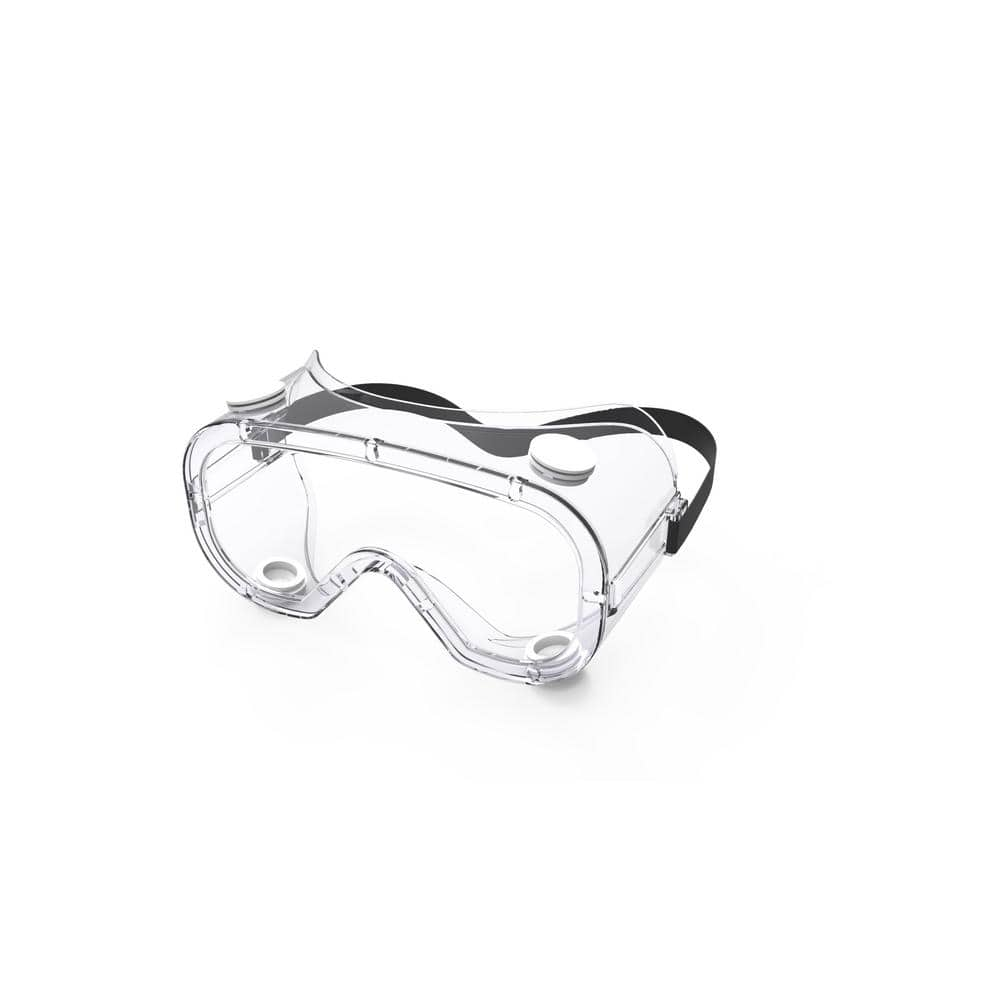- Jun 27, 2022
- 14
- Pool Size
- 13500
- Surface
- Fiberglass
- Chlorine
- Salt Water Generator
- SWG Type
- Hayward Aqua Rite (T-9)
What is the best method for adding Muriatic Acid to the pool? After reading all the warnings on the label and adding it today, I'm wary of doing it again. We used a glass measuring cup and added it in front of a return line. When the liquid hit the pool water, there was a few seconds of "steam" or gas coming off the pool water. The label specifically says not to breathe in the fumes but how do you avoid it? Did we do something wrong in the process? I don't want to be afraid to take care of my pool but I'm kinda spooked by the chemicals. Tips and suggestions most welcome.
UPDATE: I added Muriatic acid yesterday using the suggestions I received and it was much easier and definitely less stressful. I had the safety goggles and gloves, floated the jug in the pool and gently added. No visible gas coming off the water this time! Unfortunately, I over-shot the amount needed (gotta work on that) and dropped my PH too low. Not necessarily a horrible thing as I'd like to get my TA down from 150. I've been aerating the pool for about 24hrs using return jets and this morning the PH is 7.0. Maybe by this evening I'll have it up enough to swim...? Learning something new everyday.
UPDATE: I added Muriatic acid yesterday using the suggestions I received and it was much easier and definitely less stressful. I had the safety goggles and gloves, floated the jug in the pool and gently added. No visible gas coming off the water this time! Unfortunately, I over-shot the amount needed (gotta work on that) and dropped my PH too low. Not necessarily a horrible thing as I'd like to get my TA down from 150. I've been aerating the pool for about 24hrs using return jets and this morning the PH is 7.0. Maybe by this evening I'll have it up enough to swim...? Learning something new everyday.
Last edited:


